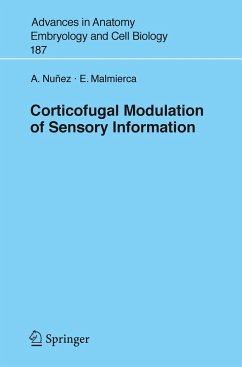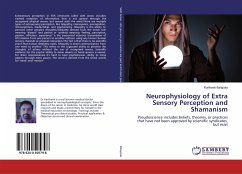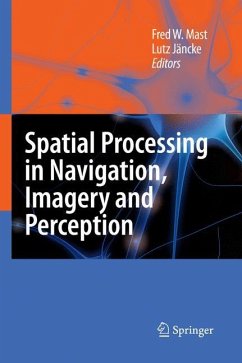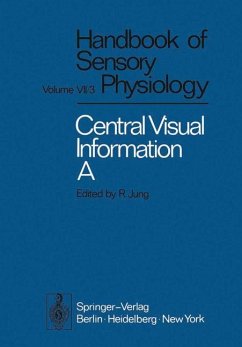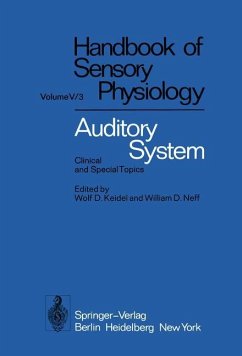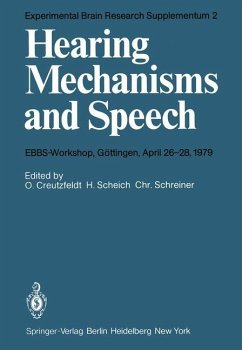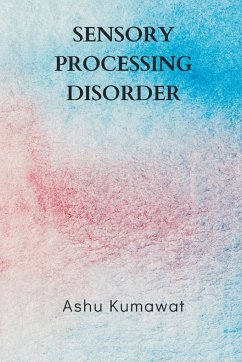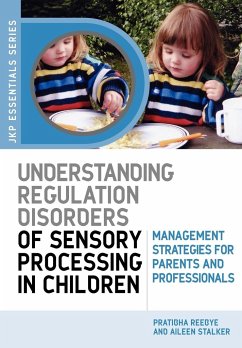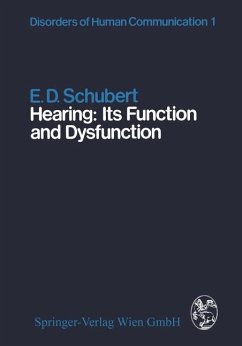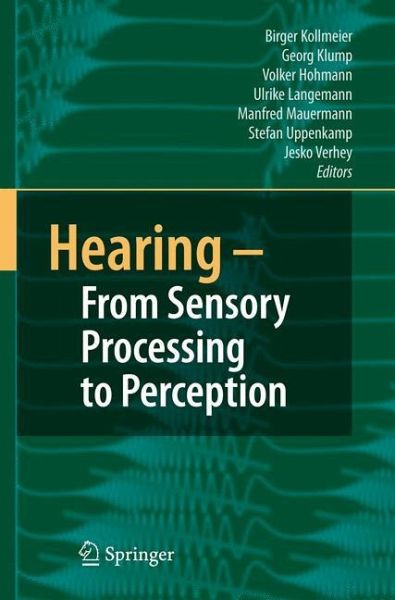
Hearing - From Sensory Processing to Perception
Versandkostenfrei!
Versandfertig in 6-10 Tagen
265,99 €
inkl. MwSt.

PAYBACK Punkte
133 °P sammeln!
Hearing - From Sensory Processing to Perception presents the papers of the latest "International Symposium on Hearing", a meeting held every three years focusing on psychoacoustics and the research of the physiological mechanisms underlying auditory perception. The proceedings provide an up-to-date report on the status of the field of research into hearing and auditory functions.The 59 chapters treat topics such as: the physiological representation of temporal and spectral stimulus properties as a basis for the perception of modulation patterns, pitch and signal intensity; spatial hearing and ...
Hearing - From Sensory Processing to Perception presents the papers of the latest "International Symposium on Hearing", a meeting held every three years focusing on psychoacoustics and the research of the physiological mechanisms underlying auditory perception. The proceedings provide an up-to-date report on the status of the field of research into hearing and auditory functions.
The 59 chapters treat topics such as: the physiological representation of temporal and spectral stimulus properties as a basis for the perception of modulation patterns, pitch and signal intensity; spatial hearing and the physiological mechanisms of binaural processing in mammals; integration of the different stimulus features into auditory scene analysis; physiological mechanisms related to the formation of auditory objects; speech perception; and limitations of auditory perception resulting from hearing disorders.
The 59 chapters treat topics such as: the physiological representation of temporal and spectral stimulus properties as a basis for the perception of modulation patterns, pitch and signal intensity; spatial hearing and the physiological mechanisms of binaural processing in mammals; integration of the different stimulus features into auditory scene analysis; physiological mechanisms related to the formation of auditory objects; speech perception; and limitations of auditory perception resulting from hearing disorders.




